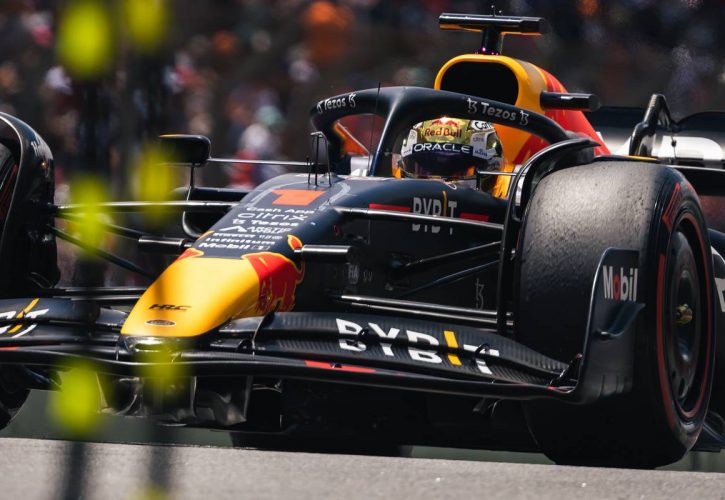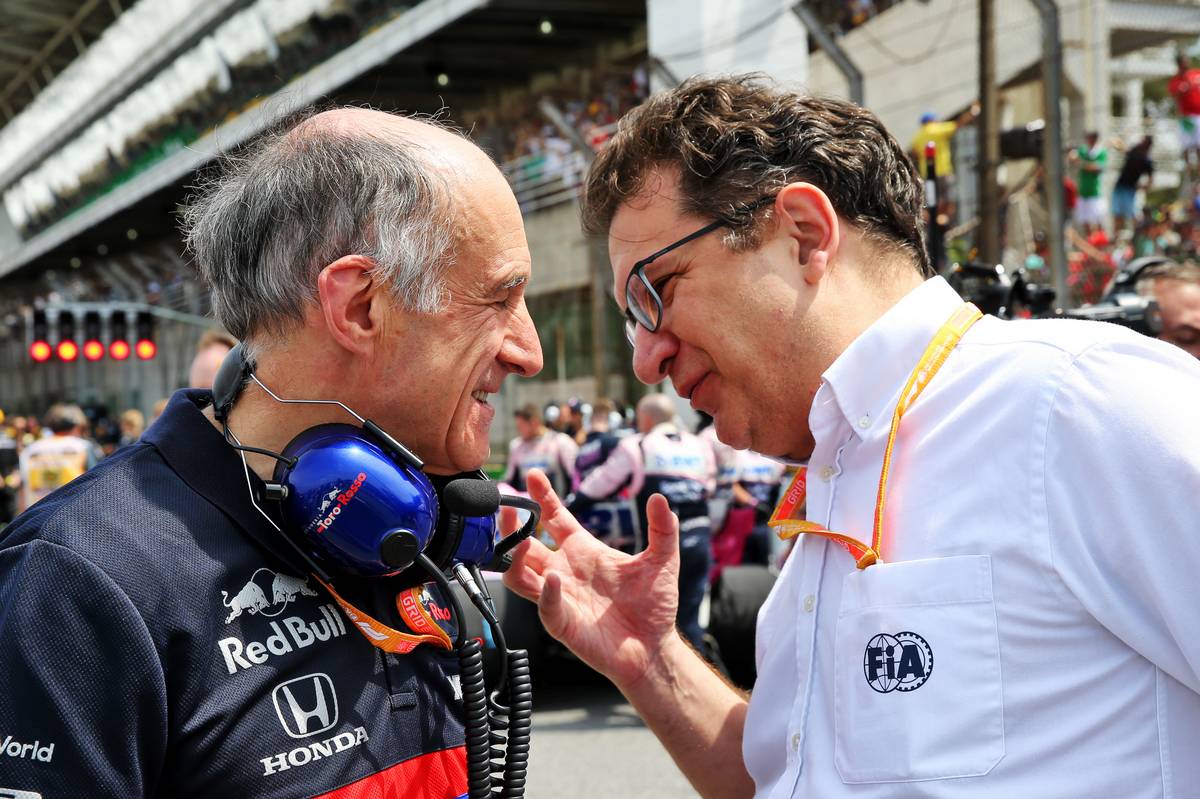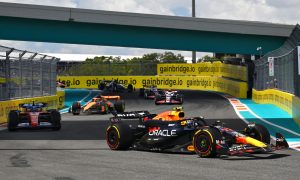
The FIA’s head of single seater technical matters Nikolas Tombazis says that teams should expect to lose about half a second a lap in terms of pace as a result of the latest regulations about floor design.
This season will see an increase in the height of the floor edges by 15mm, while the under-floor diffuser entry is also being raised, while FIA tests will be stricter to prevent teams from making the floor too flexible.
The changes are a response to the 'porpoising' problems experienced by many teams in 2022 relating to the reintroduction of ground effect aerodynamics.
Mercedes were one of the main teams affected, and complained that the violent bounding down straights was risking the health of the drivers.
Other teams have accused the FIA of over-reacting to a problem that has since been largely engineered out of the cars, but Tombazis insists that the new rules were necessary.
“I’ve got no doubt we did the right thing,” he said. “We tried to find a pragmatic, short-term solution and a medium-term solution. It won’t necessarily dissipate [the porpoising problem] completely, but it will be a step less.”

Tombazis acknowledged that the changes will have an overall impact in the speed of the cars in 2023, but hoped that it would not be too great.
“Not too much," he said. "I would have thought they’re going to lose about 15 to 20 points of downforce, which maybe corresponds to about half a second or something like that, maybe.
Even then, Tombazis didn't expect the cars to be much slower for long in 2023, if at all. "Of course, development will probably exceed that.”
Tombazis agreed with Formula 1 chief technical officer Pat Symonds that the impact of porpoising hasn't been foreseen by the sport before last year's pre-season testing in Barcelona and Bahrain.
“It caught everyone a bit by surprise,” he told Motorsport.com. “I had some smug comments from some people in our historic department and historic guys and so on, but in reality nobody had actually predicted that properly.
“Once how the problem occurs is fairly well understood, we took some measures and, in the meantime, teams also learned a lot about it.
"Clearly there’s been a massive, massive change since Baku, for example, when we know what happened.," he added.
"It’s going to be reduced inherently with the changes, but whether we've gone far enough from the edge of it, or whether we’ll occasionally dip into it, we’ll have to see.”

©RedBull
The floor changes mean teams will be working on aerodynamic designs during the off-season. That could be a particular problem for Red Bull, which gets less testing allocation as a result of finishing P1 in the constructors standings.
The team will lose a further ten per cent of aerodynamic testing as a penalty for exceeding the 2021 budget cap. The team's new third driver, Daniel Ricciardo, says this will definitely have an impact on their 2023 campaign.
"You can't deny that it doesn't hurt, because, when you're talking [about] F1, every bit counts," the former McLaren driver told the latest Beyond The Grid podcast.
"Everyone's chasing that last ... Not even an inch. It's that last, whatever, micro-inch, so ten per cent is a serious number.
"It's not nothing. It's definitely not nothing," he acknowledged. "But I know there's a lot of people in the team that were there back in my day, and knowing what they're like that'll just motivate them even more."
"Even if they're winning next year they would say: 'Well we could be ten per cent better', or whatever," he said.
"They're obviously in a good position where they've got a very good car, so you'd think they've obviously learned enough from this car to then still have a competitive car next year
Gallery: The beautiful wives and girlfriends of F1 drivers
Keep up to date with all the F1 news via Facebook and Twitter







